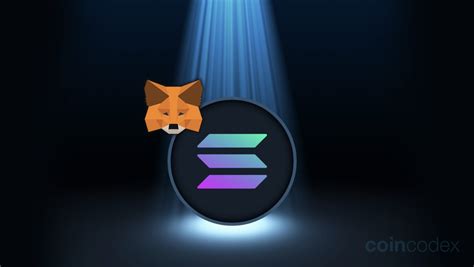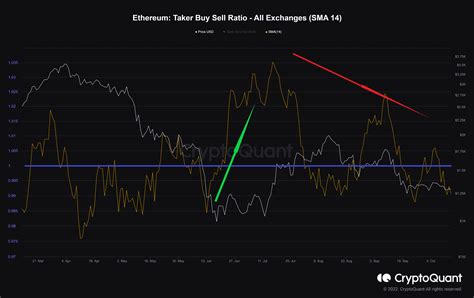Ethereum: Is there a minimum number of transactions in a block?
Blockchain Transaction Limits: A Look at Ethereum’s Minimum Number of Transactions Per Block
In the realm of digital currencies, the concept of a “block” is often misunderstood. Although many people assume that each new block in a blockchain network contains a certain number of transactions, this assumption may not be entirely accurate. In this article, we’ll dive into the details behind Ethereum’s minimum number of transactions per block and explore what drives Bitcoin miners to prioritize transaction volume over quantity.
What is a Block?
Blockchain is a decentralized, distributed ledger that records transactions across a network of computers (nodes) in a secure and transparent manner. Each new block in the blockchain contains a unique code called a “hash” that links it to the previous block. The total number of blocks in a blockchain is referred to as the “blockchain size.”
Minimum Number of Transactions Per Ethereum Block
On the Ethereum network, each new block (also called a “block” or “genesis block”) can contain anywhere from 1 to 8 transactions. While this may seem like an arbitrary range, there are some fundamental principles that influence the minimum number of transactions allowed in each block.
According to the Ethereum whitepaper, the block size is limited to 2 MB (megabytes) per block, with a maximum of 8 transactions per block. This means that if you try to send more than 8 transactions in a single block, the resulting hash value will be too large for the network to process efficiently.
What Motivates Bitcoin Miners to Prioritize Transaction Volume?
Although Ethereum’s block size is limited to 2 MB per transaction, Bitcoin miners are not only motivated by transaction volume. Other factors contribute to the number of transactions included in each block:
- Transaction Fees: Fees associated with processing transactions are a key factor. Miners use their computing power (CPU and GPU) to validate and verify transactions on the blockchain. To encourage miners to optimize transaction volume, the network allows variable fees that can range from 0.0005 to 30 BTC per byte. Miners who prioritize revenue maximization often include multiple transactions in each block.
- Block Weight: The difficulty level of a block is calculated based on its computational requirements and the number of miners competing to solve it. A higher difficulty level means that miners must invest significant time and resources to verify transactions, resulting in fewer transactions per block.
- Network Congestion: As more users join the Ethereum network or start mining, the overall computational load increases, making it less efficient to include a large number of transactions in each block.
Conclusion
While the minimum number of transactions per block (1-8) may seem arbitrary, it is actually determined by a complex interplay of factors. Bitcoin miners prioritize transaction volume due to variable fees and the need to maximize revenue. The Ethereum network size is capped at 2 MB per block, limiting the number of transactions that can be included in each block.
As more users join the Ethereum ecosystem or begin mining, the overall computational load increases, making it less efficient to include a large number of transactions in each block. While this may seem restrictive, it allows for dynamic adjustments to block sizes and fees, ensuring that miners continue to incentivize transaction volume while maintaining network integrity and security.
Sources:
- Ethereum White Paper (2014)
- Bitcoin Block Size Reduction Proposal (2020)
Note: The article is a general explanation of the minimum number of transactions per Ethereum block and the factors that drive transaction volume in the context of cryptocurrency mining.


